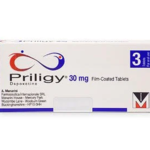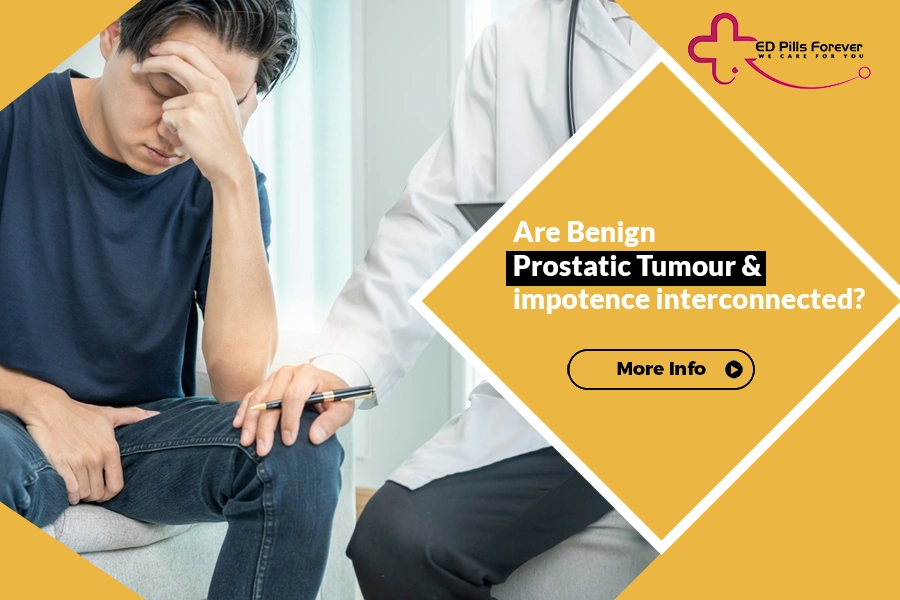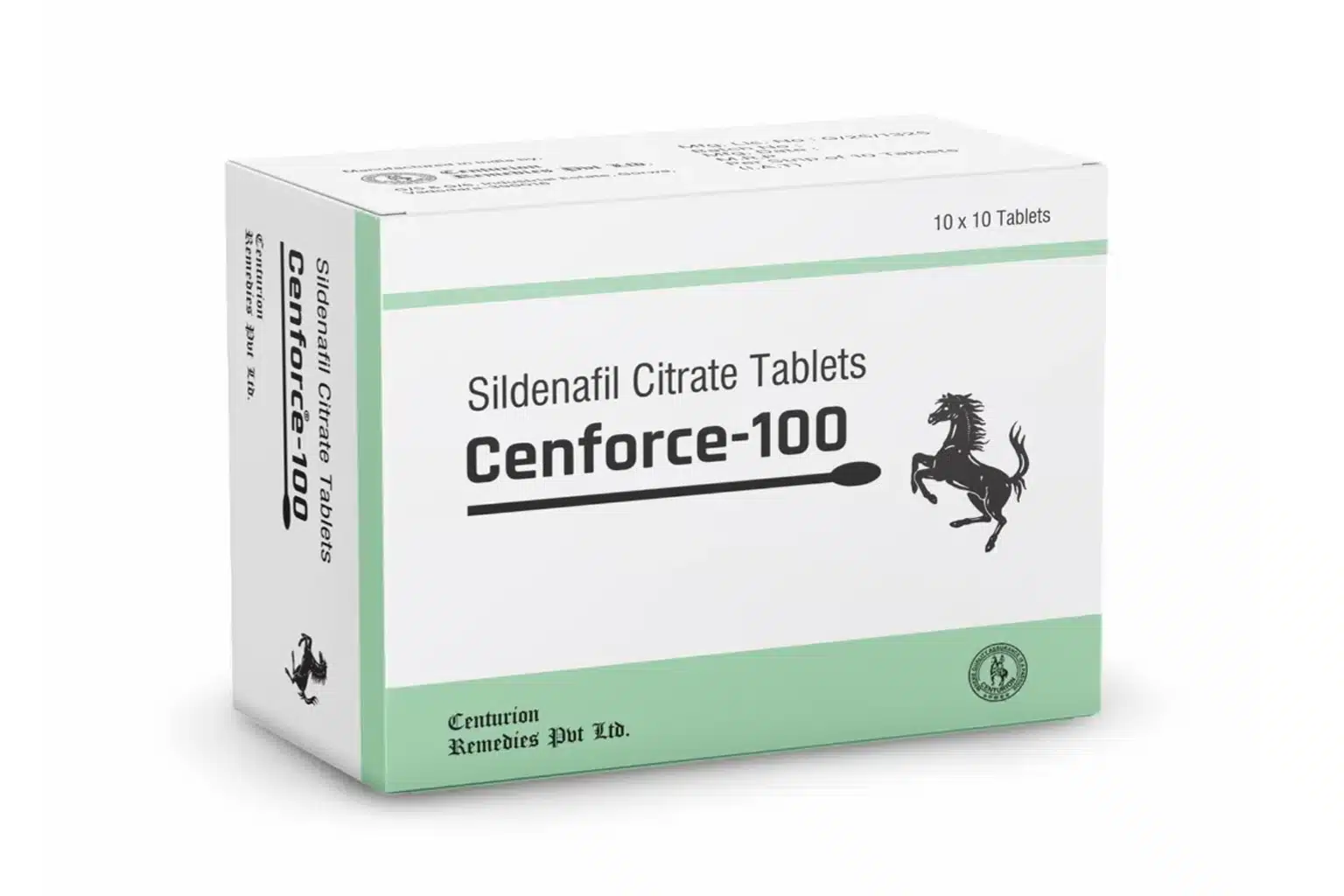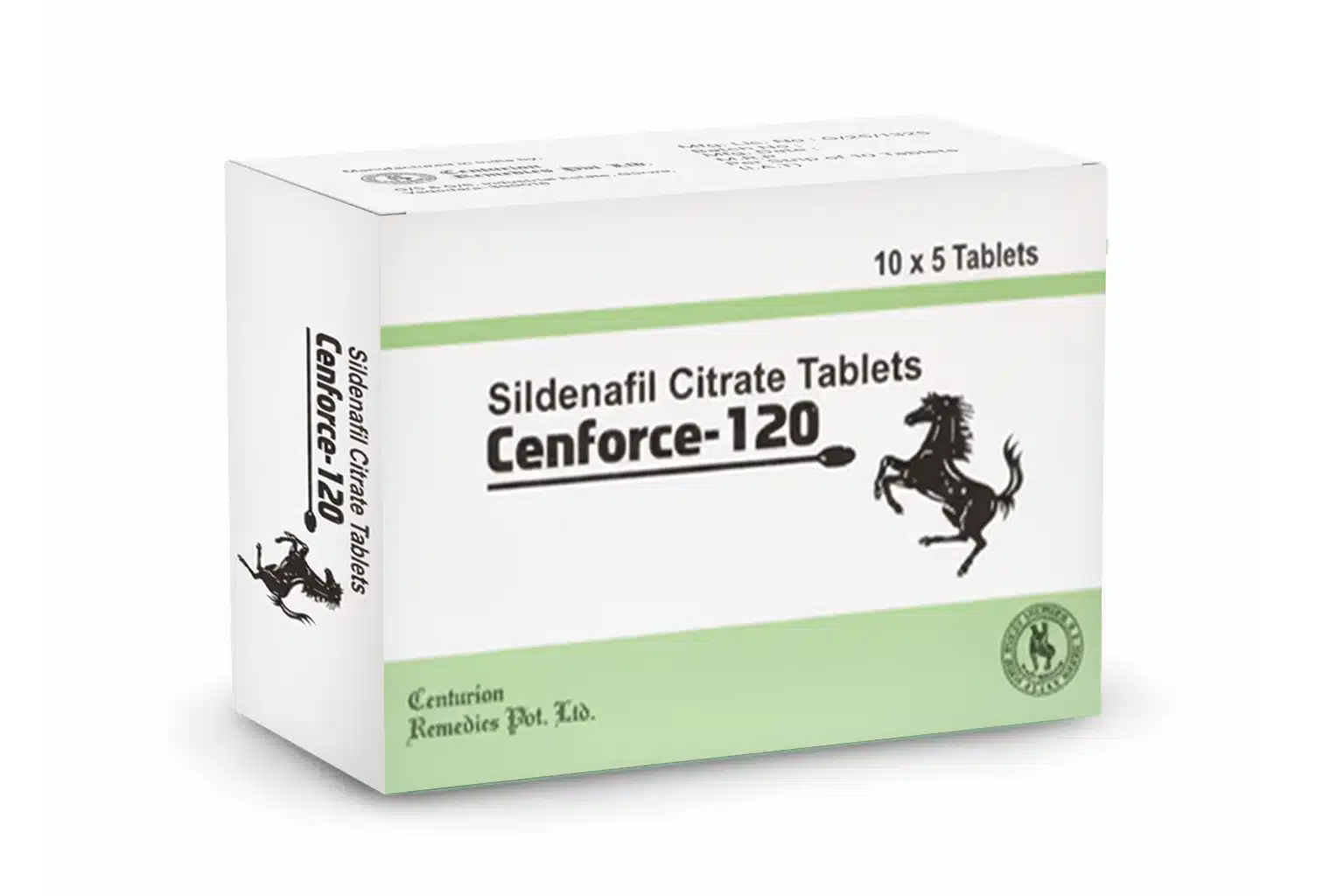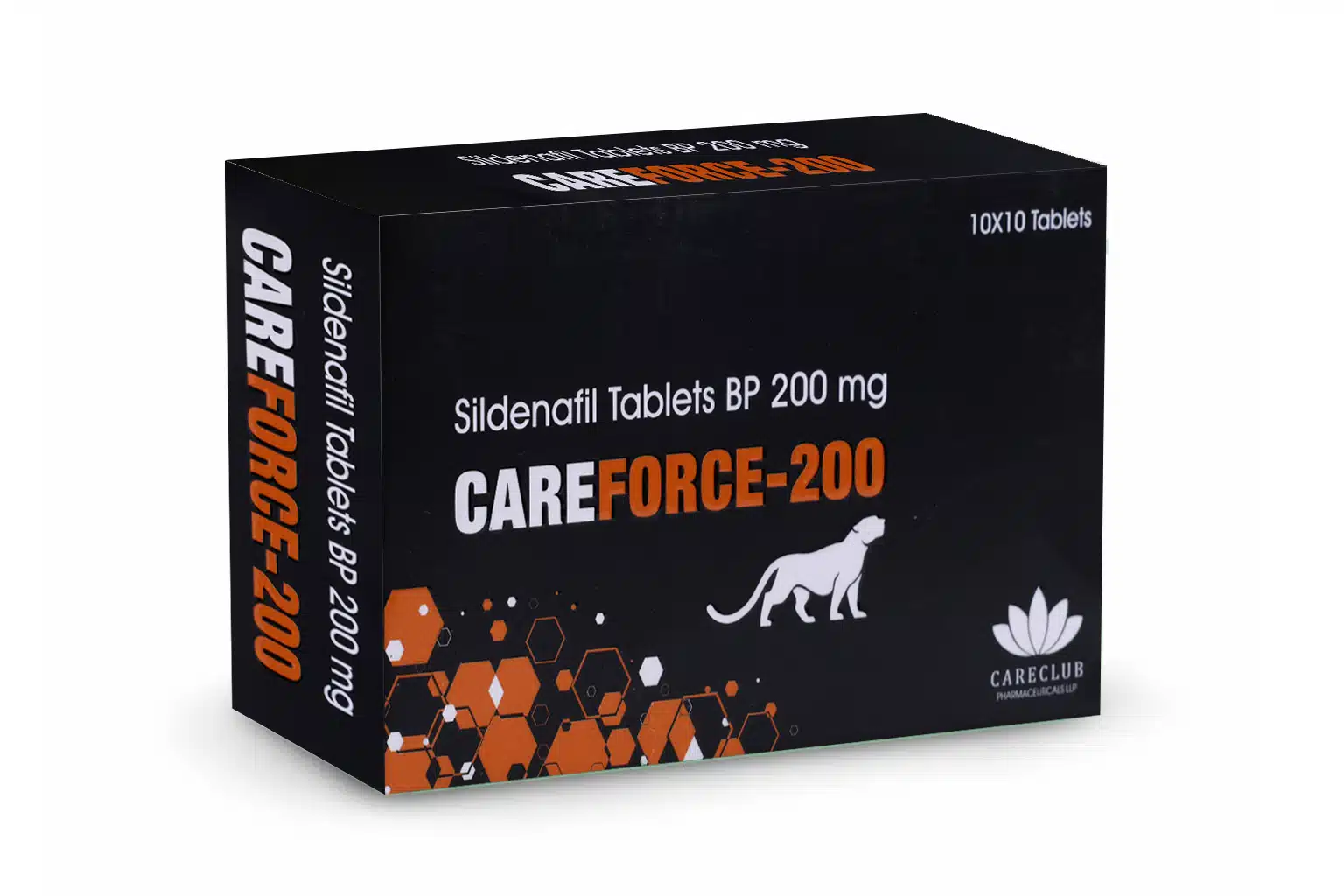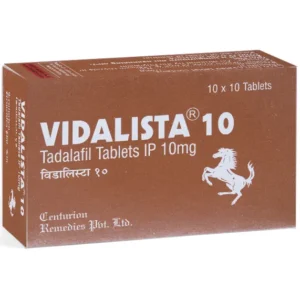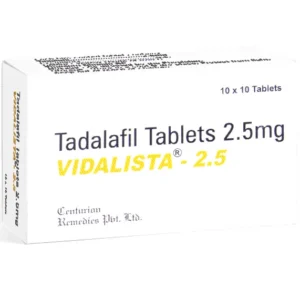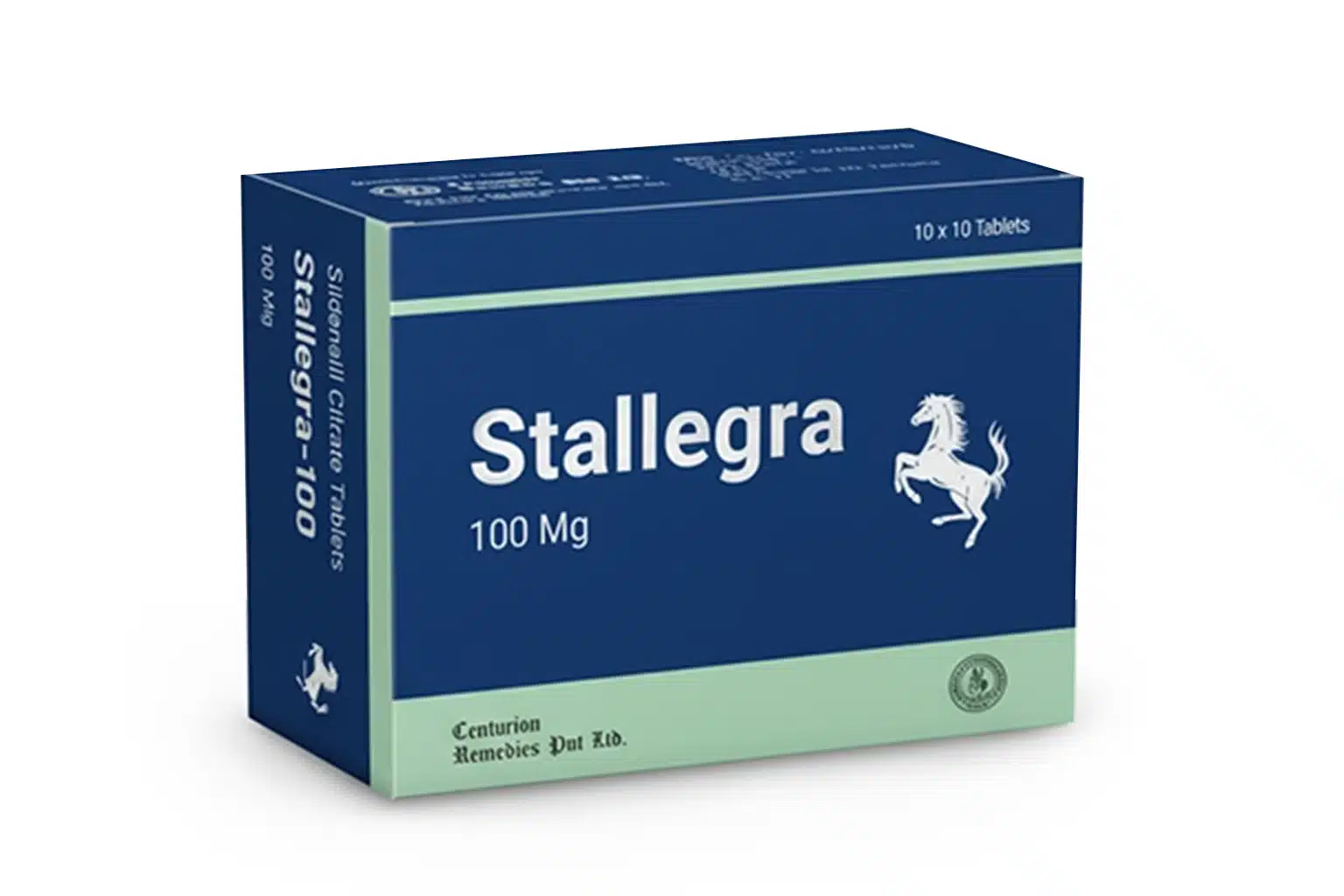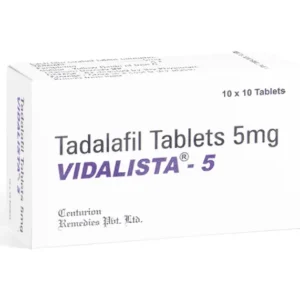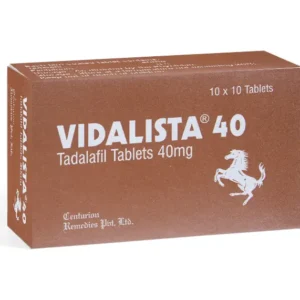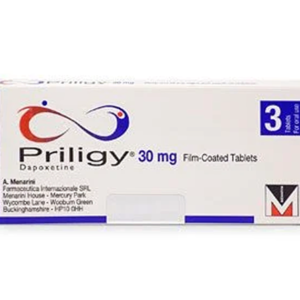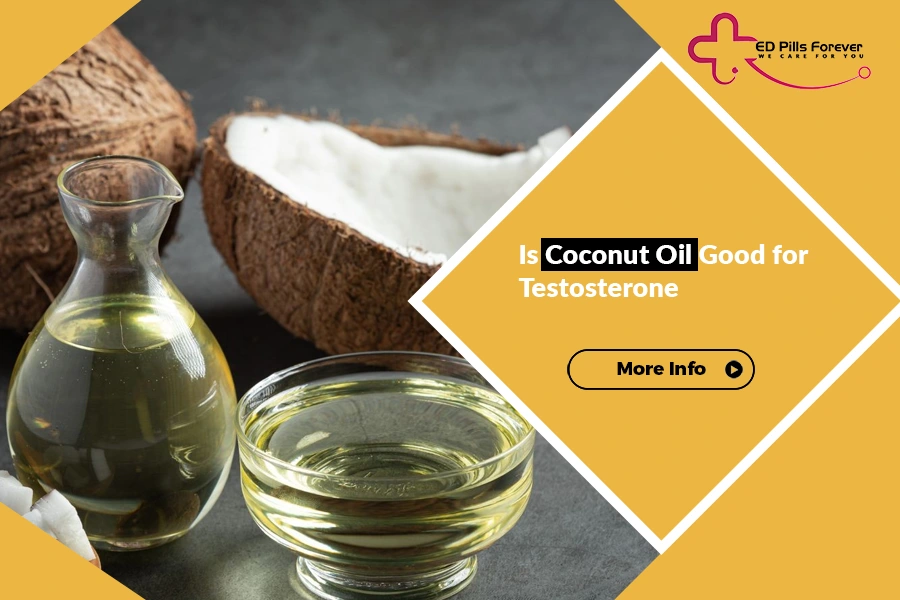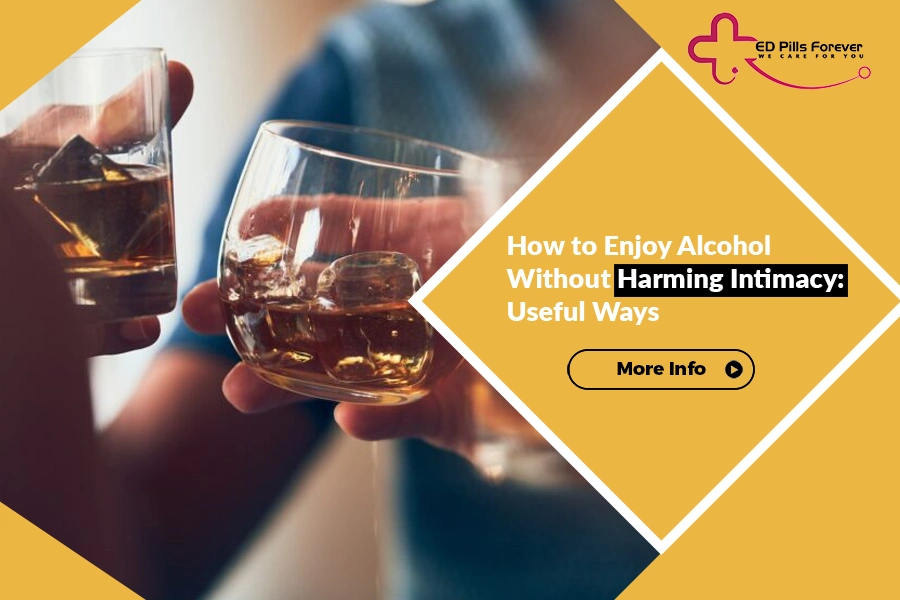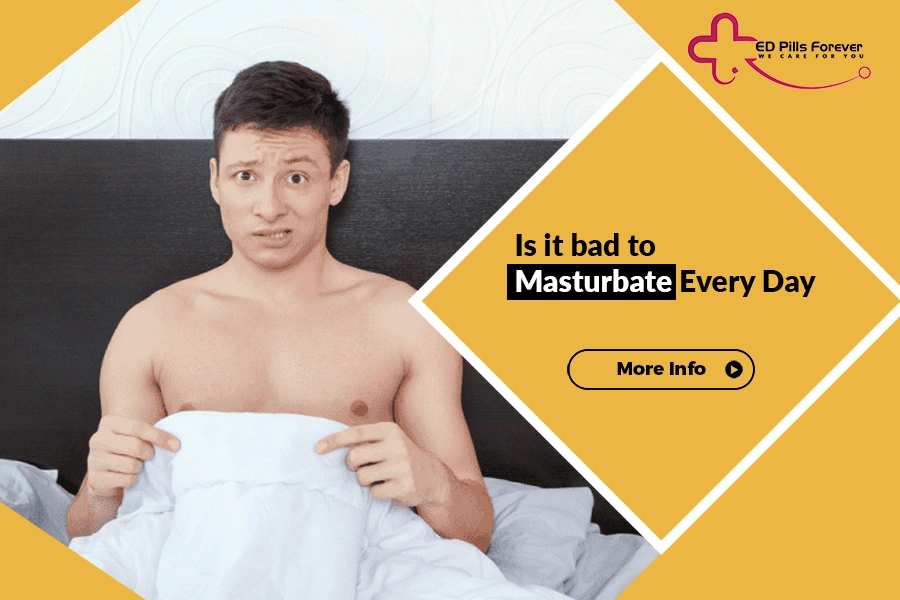Men reading this often ask a blunt question: if my prostate is enlarged, will I lose my sexual drive or get impotence? The short answer is: they’re related, but not in a simple cause-and-effect way. Age, shared risk factors, the symptoms of prostate enlargement, and treatments for benign prostatic growth all interact with sexual function. This long-form guide explains the relationship clearly — what the evidence says, how prostate enlargement (benign prostatic hyperplasia, BPH) can affect libido and erections, why many men experience both problems at once, how treatments change the picture, and what to do about it.
Definitions
Benign prostatic tumour / Benign prostate growth (BPH): A non-cancerous enlargement of the prostate gland common in middle-aged and older men that can cause lower urinary tract symptoms (LUTS) such as slow stream, urgency, nocturia (night-time urination), and incomplete emptying.
Impotence / Erectile dysfunction (ED): The inability to achieve or maintain an erection sufficient for satisfactory sexual activity. Erectile dysfunction is a symptom with many possible causes — vascular, neurologic, hormonal, psychological, medication-related, or a mix.
Low libido: Reduced sexual desire, which may be hormonal (low testosterone), psychological (stress, depression), or secondary to chronic health issues and sleep disturbance.
Epidemiology: both problems become more common with age, and often coexist
BPH and sexual dysfunction both increase in frequency as men age. Large population studies and reviews show overlapping prevalence — many men with moderate-to-severe LUTS from BPH report lower libido, more difficulty with erections, and reduced sexual satisfaction. That overlap has made clinicians and researchers ask whether BPH itself causes impotence, whether they share underlying mechanisms, or whether the association is mainly due to shared risk factors (age, cardiovascular disease, diabetes, metabolic syndrome). Recent reviews and meta-analyses conclude that BPH is associated with higher rates of sexual dysfunction but that the relationship is multifactorial.
Best Seller
Best Seller
How BPH may contribute indirectly to impotence and low libido
There are several plausible pathways linking prostate enlargement and sexual dysfunction — most are indirect rather than a direct mechanical disabling of erectile tissue.
a) Lower urinary tract symptoms (LUTS) → sexual bother & decreased libido
Severe LUTS cause sleep fragmentation (nocturia), fatigue, embarrassment, and anxiety about sexual activity — all of which lower libido and can impair sexual performance. Studies consistently show worse sexual function scores in men with more severe LUTS.
b) Shared vascular and metabolic risk factors
ED is commonly vascular in origin (endothelial dysfunction). The same cardiometabolic conditions (diabetes, hypertension, obesity, dyslipidemia) that predispose to ED also correlate with prostate enlargement and LUTS. So part of the overlap is “shared comorbidity.”
c) Autonomic / sympathetic nervous system interactions
Increased sympathetic tone (which contributes to urinary symptoms and bladder outlet resistance) may also affect erectile physiology. Research into neural and inflammatory pathways suggests cross-talk that could link LUTS/BPH and ED.
d) Hormonal and inflammatory pathways
Hormonal alterations (e.g., age-related testosterone decline) and chronic prostatic inflammation have been proposed as common threads affecting both prostate size and sexual desire/function. Evidence here is evolving, and it’s unlikely to be the whole story, but inflammation and hormones probably contribute in some men.
e) Psychological impact
Worry about urinary accidents, reduced self-esteem with aging changes, or anxiety about sexual performance can worsen erectile problems independently of physiological change. Clinical studies show mental health and sexual satisfaction are closely linked in men with BPH.
Taken together, these mechanisms explain why many men with BPH report impotence or low libido — not because the prostate physically prevents erection in most cases, but because a complex of physiological and psychosocial factors overlap.
What the clinical evidence shows
Association, not universal causation: Systematic reviews and cohort studies generally find an association between BPH/LUTS severity and sexual dysfunction. Men with worse urinary symptoms tend to report higher rates of ED and lower libido. But association ≠ direct causation; many confounders exist.
Prostate size vs symptoms: Some studies show a correlation between prostate volume and sexual dysfunction, but prostate size alone does not reliably predict ED — symptom severity and comorbidities matter more.
Surgery effects: Many BPH surgical procedures (especially older transurethral resections) classically carry a high risk of ejaculatory dysfunction (retrograde ejaculation) but appear to have limited consistent long-term negative effects on erectile function in most studies. Newer minimally invasive therapies may have different sexual side-effect profiles. If sexual function is a priority, surgical choice matters.
Do BPH medications cause impotence?
Treatment choice matters because some drugs used to treat BPH can affect sexual function.
Alpha-blockers (e.g., tamsulosin, doxazosin):
These improve urinary flow and LUTS by relaxing smooth muscle. Most alpha-blockers are not strongly linked to erectile dysfunction, although ejaculatory dysfunction (reduced semen emission or retrograde ejaculation) can occur with certain agents.
5-alpha-reductase inhibitors (5-ARIs: finasteride, dutasteride):
These shrink prostate volume over months by blocking DHT formation. Meta-analyses and guideline statements report higher rates of sexual side effects with 5-ARIs, including decreased libido, erectile dysfunction, and ejaculatory disorders in a subset of men. Some men report persistent sexual side effects even after stopping therapy (though the frequency and permanence remain debated). Discuss risks with your clinician before starting these drugs.
Combination therapy:
Using an alpha-blocker plus a 5-ARI can be effective for some men with large prostates, but sexual side effects are mainly driven by the 5-ARI component.
So yes some BPH treatments can contribute to impotence or low libido; medication choice and patient counseling are critical.
How to evaluate a man with BPH and sexual dysfunction
A thoughtful assessment distinguishes separate problems and guides therapy:
History: onset, severity and timing (did sexual problems start before urinary symptoms? after starting a drug? after surgery?), libido vs erection problems, nocturia or sleep loss, medications (including antidepressants), chronic illnesses (diabetes, heart disease).
Questionnaires: IPSS (International Prostate Symptom Score) for LUTS and validated ED tools (IIEF-5) can quantify symptom burden and track response.
Examination & tests: focused GU exam, fasting glucose, lipids, testosterone if low libido suspected, and cardiovascular risk assessment as ED can be an early marker of vascular disease. Referral to urology or sexual medicine may be appropriate.
Management principles
Because problems overlap, a combined approach often works best.
Address reversible causes first (medications that impair erections, untreated diabetes, depression, sleep apnea).
Optimize LUTS with lifestyle measures (fluid timing, reduce evening caffeine/alcohol), alpha-blockers for fast symptom relief, and consider 5-ARI if large prostate or progression risk — but counsel about sexual side effects.
Treat ED directly if present and bothersome: PDE-5 inhibitors (sildenafil, tadalafil) are effective for many men and are compatible with most BPH treatments except caution with nitrates; tadalafil also has an approved indication for LUTS in some countries and may help both LUTS and ED in selected patients.
Consider surgical options carefully when obstruction or complications are present; discuss sexual side-effect profiles and newer minimally invasive procedures that may preserve ejaculatory and erectile function better than older techniques.
Holistic care: address mental health, relationship counselling, sleep hygiene, weight and cardiovascular risk factors — all improve sexual health.
Practical takeaways
Having BPH increases the risk of sexual problems, but it does not mean every man will develop impotence. The relationship is usually indirect and influenced by age, health, and treatment choices.
If sexual problems begin after starting a BPH medicine (especially a 5-ARI), talk with your doctor about alternatives or timing.
If both LUTS and ED are present, don’t assume they’re independent — a combined assessment is often more informative and offers more treatment options (e.g., tadalafil for both conditions in some cases).
Most BPH surgeries affect ejaculation more than erections; modern procedures can reduce ejaculatory side effects. Discuss sexual goals before any intervention.
FAQs (Frequently Asked Questions)
Q1: Does an enlarged prostate directly block blood flow to the penis?
No, prostate enlargement itself does not mechanically block penile blood flow. Erectile function depends on arterial inflow, venous occlusion, nerves, hormones, and psychological state; BPH affects erectile function indirectly through shared risk factors, autonomic changes, and psychosocial consequences.
Q2: If I take finasteride, will I definitely have erectile dysfunction?
Not definitely. Some men experience decreased libido or erectile problems on 5-ARIs; others tolerate them without issue. The risk is higher than placebo in clinical trials, and side effects should be discussed before starting therapy.
Q3: Can treating BPH improve my sexual function?
Treating bothersome LUTS can improve quality of life and sexual satisfaction for some men, especially if nocturia or sleep disruption was a big factor. Certain medications (e.g., tadalafil in some jurisdictions) may help both LUTS and ED. But not all treatments will improve sexual function — some may worsen it (notably certain 5-ARIs and some procedures that affect ejaculation).
Q4: What should I tell my urologist about my sexual concerns?
Be open: report timing, severity, and whether problems started before or after LUTS onset or medication changes. Ask about alternatives that balance urinary benefits with sexual side effects and about referral to sexual medicine specialists if needed.
Q5: Are there lifestyle changes that help both prostate symptoms and sexual health?
Yes. Weight loss, exercise, controlling blood sugar and blood pressure, reducing alcohol and smoking cessation, good sleep, and stress reduction support both urinary and sexual health. These changes also lower cardiovascular risk, which is linked to ED.
Final thoughts
Benign prostate growth and impotence are frequently seen together, but the connection is nuanced. Rather than a single “prostate causes impotence” narrative, think of a web: aging, shared vascular/metabolic conditions, sleep disturbance from nocturia, drug side effects, neural and inflammatory cross-talk, and psychological stress all weave together. The good news is that modern management is multi-pronged: many men can find substantial relief of urinary symptoms without sacrificing sexual function, and erectile dysfunction itself is highly treatable once properly evaluated.
If you’re worried about either problem, the best first step is a frank conversation with your primary care doctor or urologist. Bring a simple chronology (when each problem began, what medicines you take, and whether you’ve had surgery) — that information guides safer, more effective choices.
References
StatPearls — Benign Prostatic Hyperplasia (BPH). NCBI Bookshelf. (2024). NCBI
Singh D. Benign Prostatic Hyperplasia and Sexual Dysfunction (review). Springer / PMC (2025). SpringerLink
Calogero AE, et al. Lower urinary tract symptoms/benign prostatic hyperplasia: links with erectile dysfunction. 2018. tandfonline.com
Manfredi C., et al. Impact of Surgery for Benign Prostatic Hyperplasia on Sexual Function: Systematic review (2022). PubMed. PubMed
Zhang Y., et al. A comprehensive analysis of erectile dysfunction prevalence and risk factors: BPH and PCa as risk factors (2025). Frontiers in Endocrinology / PMC. Frontiers
Kardasevic A., et al. Correlation Between Prostate Volume and Sexual Dysfunction (2016). PMC. PMC
Arnold MJ., Benign Prostatic Hyperplasia: Rapid Evidence Review. American Family Physician (2023). American Academy of Family Physicians




